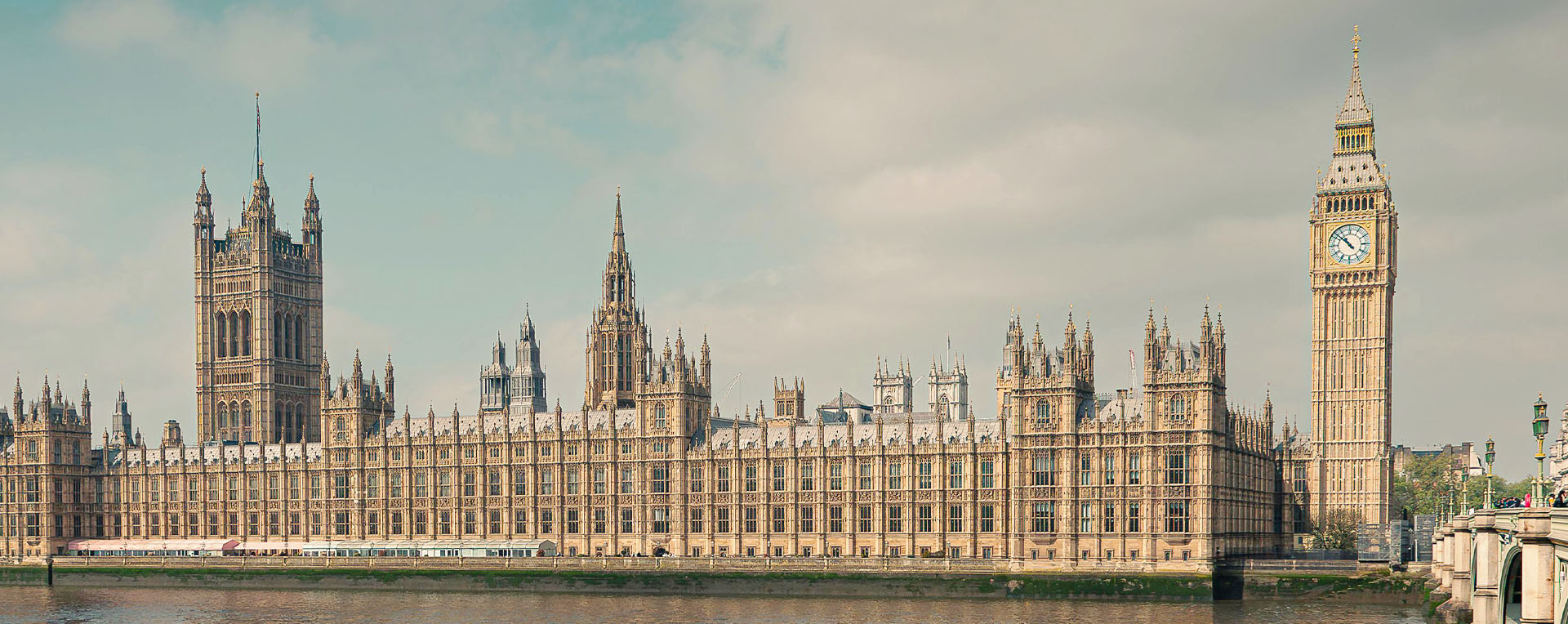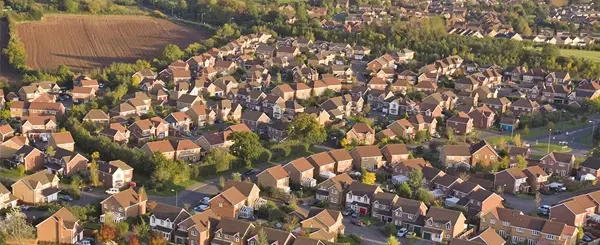Progress of the Bill: 28 October, 2016 – House of Commons Public Bill Committee stage completed with new local plan intervention clauses added
The
Neighbourhood Planning Bill has
completed the
House of Commons Public Bill Committee’s line-by-line scrutiny; Report stage and Third Reading will now follow, before the Bill passes to the House of Lords for its First Reading.
Our first
report on the Bill covered the Committee’s initial sittings; our
blog on 24 October details the
3rd and
4th sittings, where the focus of debate was on its neighbourhood planning clauses and, specifically, on
amendments moved by the Opposition - all of which were eventually withdrawn.
Now summarised below are the highlights of the rest of the Bill’s Committee sittings – with a particular focus on Housing and Planning Minister Gavin Barwell’s additional comments that he has made on wider planning issues throughout proceedings.
On 25 October, the
5th and
6th sittings of the Committee
took place; the debate was mainly on
clause 7 (‘restrictions on power to impose planning conditions’) and ended on
clause 11 (notice requirements for the temporary possession of land via compulsory purchase). The Opposition’s proposed amendments were – once again - all withdrawn (but only after a
vote had been pressed on amendment 22, a proposal to remove
clause 7 from the Bill altogether). Of note was Housing and Planning Minister Gavin Barwell’s
reference to examples of pre-commencement conditions in the following terms (having stated that such conditions relating to archaeology are appropriate):
‘The other examples concerned the use of materials and landscaping. I, and I am sure all members of the Committee, would accept that those issues are legitimate ones that communities would want to address through the planning process. However, I do not accept that they must be dealt with before a single thing can be done on site, as the development begins to get under way. There is no reason why they cannot be dealt with during the process.’
The final two (
7th and
8th) sittings of the Committee were on 28 October; during the morning sitting, all of the Bill’s Part 2 compulsory purchase measures were agreed to. It was in the context of land value uplift and compensation that Housing and Planning Minister Gavin Barwell gave an update on the Government’s review of the community infrastructure levy (CIL) via an independent panel:
‘CIL is the main mechanism by which we seek to capture some of the uplift when development is given, so that a contribution can be made to necessary improvements within a community area, a new infrastructure or whatever is required […] I have on my desk a review by Liz Peace and her team of CIL and issues relating to section 106 contributions. We are considering that review and will respond to it in our White Paper later this year.’
He even
gave something away later on, about the (subject of much speculation) content of the panel’s report on the levy’s interaction with s106, and its recommendations mooting a national CIL charge. He said:
‘There are some powerful arguments to look at reform in this area so that we are more dependent on a nationally set charge that is locally collected and spent locally and less dependent on individual section 106 contributions, where there is much more scope for the kind of long-running argument that does not necessarily work in the public interest.’
When commenting on compulsory purchase changes being sought by the development sector that go beyond the scope of the Bill, the Minister once again made mention of the Housing White Paper and his intentions for future housing policy – significantly, he added:
‘… my ambition, if possible, is to set out in the White Paper a strategy for how we can get the country building the number of homes that we need, to listen to what people have to say in response to the White Paper and to implement it. I would then like to try—this is an ambitious thing for a politician to say—to have a period of policy stability during which we get on and implement the strategy that we have set out, rather than introducing changes every single year.’
Moving on then to the final sitting and the Government’s new clauses for local plan-making, all of the following future provisions have now been added to the Bill:
And last but not least, as a not-so-stark warning to LPAs still without an up-to-date local plan early next year, Barwell has
given clear hints about how possible interventions will work, starting in early 2017:
‘The Government have said that we expect authorities to have plans in place by early next year. Anyone who is listening to this debate can be clear that there is a clear deadline to get this work done. That does not mean that we will want to intervene on every single council that has not achieved that by then, because some councils may be working flat out and are very close, so intervening would do nothing to speed the process up. However, councils that are not making satisfactory progress towards that target should be warned that intervention will follow, because we are determined to ensure that we get plan coverage in place.’



